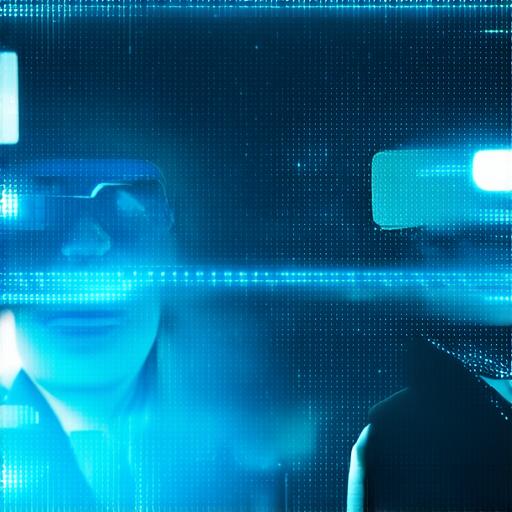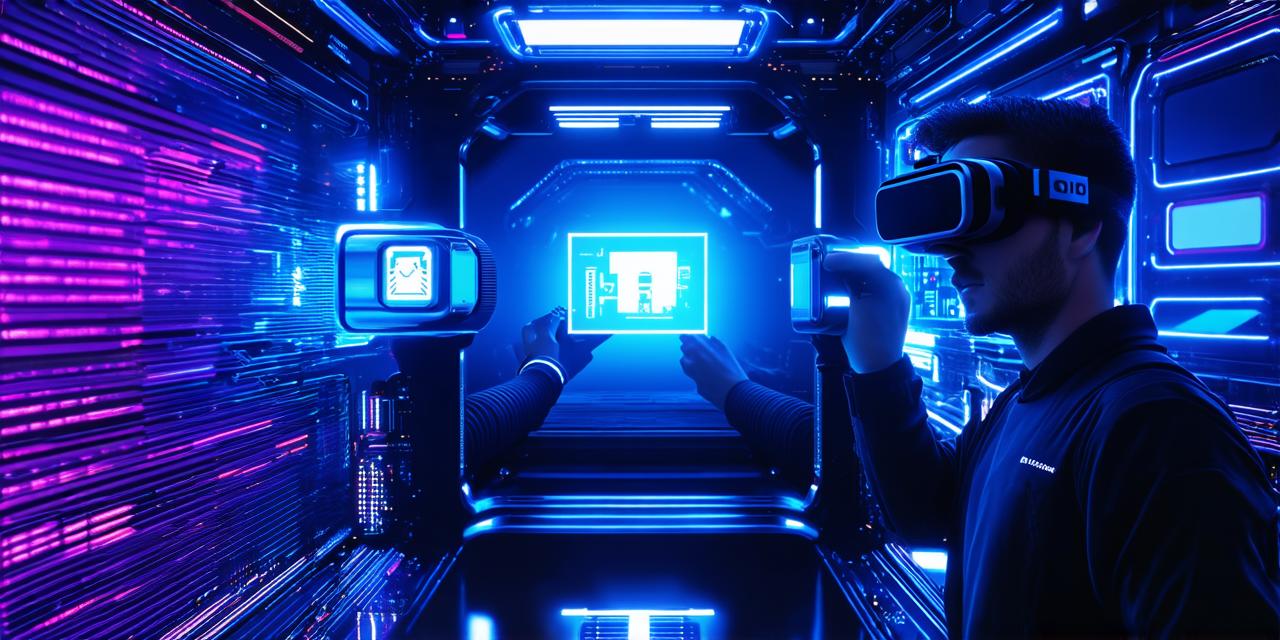What is Virtual Reality?
Virtual reality (VR) is a technology that creates a fully immersive digital environment that replaces the real world. The user wears a headset or a pair of glasses with sensors, which track their movements and adjust the visuals accordingly. This creates an illusion of being in a different space, surrounded by a three-dimensional world that responds to the user’s actions.
Virtual reality has been used for various purposes such as gaming, entertainment, education, healthcare, and training. For example, virtual surgery allows surgeons to practice and perfect their skills in a simulated environment before performing the actual procedure on a patient. Virtual training programs are also used by military and aviation personnel to prepare for real-life missions in a safe and controlled environment.
What is Augmented Reality?
Augmented reality (AR) is a technology that overlays digital information on top of the real world. This creates an enhanced version of reality, where users can see and interact with virtual objects and information in their physical surroundings. AR experiences are usually accessed through a smartphone or tablet app, which uses the device’s camera to capture the real-world environment and then adds digital elements to it.
Augmented reality has been used for marketing, education, entertainment, and gaming purposes. For example, some retailers use AR technology to allow customers to see how furniture would look in their home before buying it. In education, AR can be used to enhance textbooks by adding interactive elements and animations to the pages.
Case Studies: Virtual and Augmented Reality in Action

Virtual reality has been used in a variety of industries to create immersive experiences that engage users and improve their understanding of complex concepts. One such example is virtual anatomy training, which allows medical students to explore the human body in a three-dimensional environment. This technology has been shown to improve students’ retention and understanding of anatomy, as well as their surgical skills.
Augmented reality, on the other hand, has been used primarily for marketing and entertainment purposes. One notable example is the IKEA Place app, which allows users to see how furniture would look in their home before buying it. This app has been downloaded millions of times and has generated significant revenue for IKEA.
Personal Experiences: How Virtual and Augmented Reality Affect Us
As virtual and augmented reality technologies continue to evolve, they are becoming more integrated into our daily lives. Many people have experienced virtual reality in the form of gaming or entertainment, while others may have used AR to explore museums or historical sites.
For virtual reality developers, the potential applications for their technology are vast and varied. By creating immersive environments that respond to user actions, developers can create experiences that engage users and improve their understanding of complex concepts. This has particular implications for industries such as healthcare, education, and training, where virtual reality can be used to simulate real-world scenarios and provide safe, controlled learning environments.
How does Virtual Reality Work?
Virtual reality works by using sensors in a headset or glasses to track the user’s movements and adjust the visuals accordingly. The sensors typically include accelerometers, gyroscopes, and magnetometers, which detect changes in movement and orientation. This data is then processed by the VR system to create a three-dimensional environment that responds to the user’s actions.
Virtual reality can also use haptic feedback technology, which provides tactile sensations to the user through gloves or other devices. This creates a more realistic immersion experience and allows users to interact with virtual objects in a more natural way.
What is Augmented Reality?
Augmented reality works by overlaying digital information on top of the real world using a smartphone or tablet app. The app uses the device’s camera to capture the real-world environment and then adds digital elements such as 3D models, animations, and text.
Conclusion: Virtual and Augmented Reality: A Guide for Virtual Reality Developers
Virtual and augmented reality are two rapidly evolving technologies that have the potential to revolutionize many industries, from gaming and entertainment to healthcare and education. By understanding the key differences between these two technologies and their potential applications, virtual reality developers can create immersive experiences that engage users and improve their understanding of complex concepts.
As these technologies continue to evolve, we can expect to see even more innovative uses for virtual and augmented reality in the future. Whether you are a virtual reality developer or simply curious about these exciting technologies, it is clear that the potential applications for virtual and augmented reality are virtually limitless.
